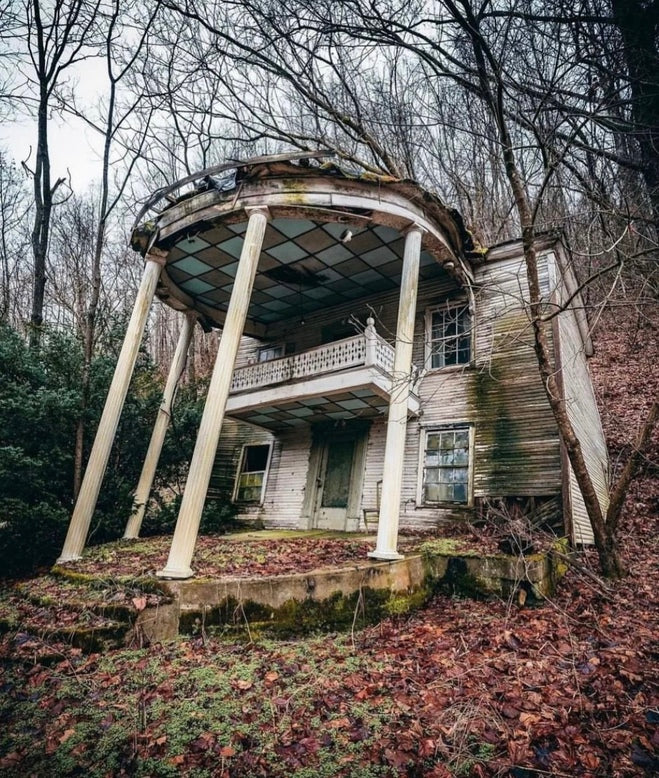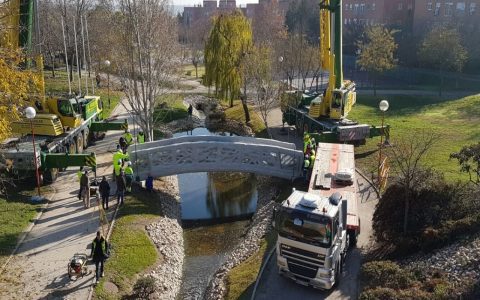Locating abandoned structures requires diligence and legal awareness. Focus on these proven methods:
Effective Research Channels
- Digital Archives: Search municipal GIS portals for tax-delinquent properties and county recorder demolition permits.
- Industrial Corridors: Scout peri-urban railroad sidings and defunct manufacturing districts where structures often remain undocumented.
- Historical Preservation Societies: Access non-public registries of architecturally significant derelict sites through formal membership.
Advanced Field Tactics
Topographic Analysis: Overlay Depression-era maps with current satellite imagery to pinpoint structures omitted from modern databases. Concentrate on areas with:
- Unexplained access roads ending at tree lines
- Geometric shadows inconsistent with natural formations
- Abnormal vegetation density suggesting foundations
Critical Legal Protocols
Always verify ownership through county assessor records. Submit written access requests to corporate holding entities via registered mail. Carry notarized landowner consent during exploration. Federal structures require FOIA requests for access clearances.

Safety Imperatives
Assume compromised structural integrity in all derelict buildings. Conduct air quality tests for asbestos/hypoxia risks before entry. Maintain 3-point contact on staircases and never operate solo. Document coordinates and share with emergency contacts pre-entry.







